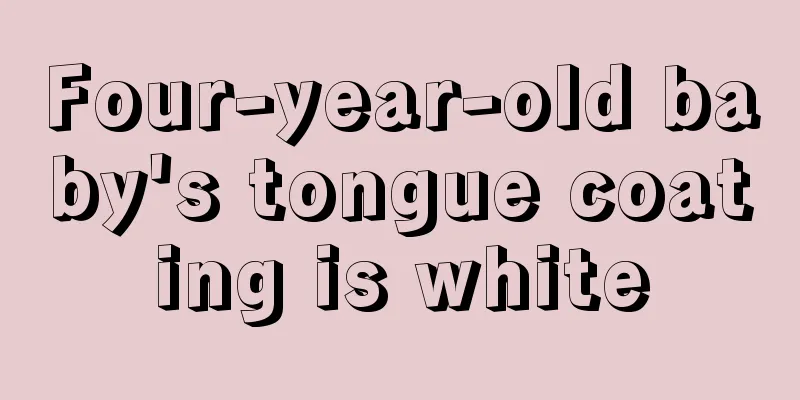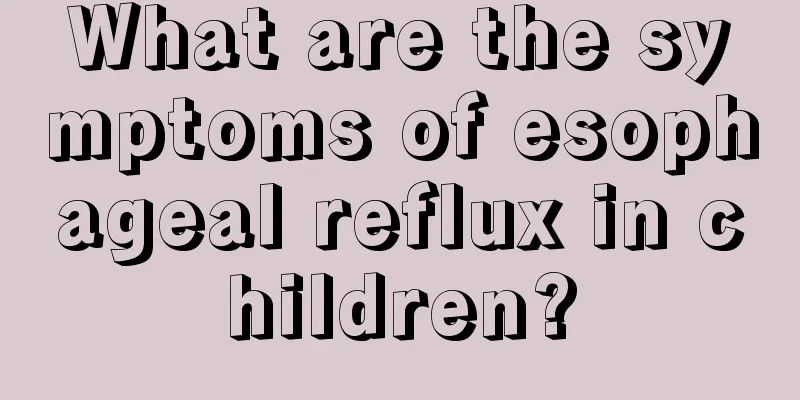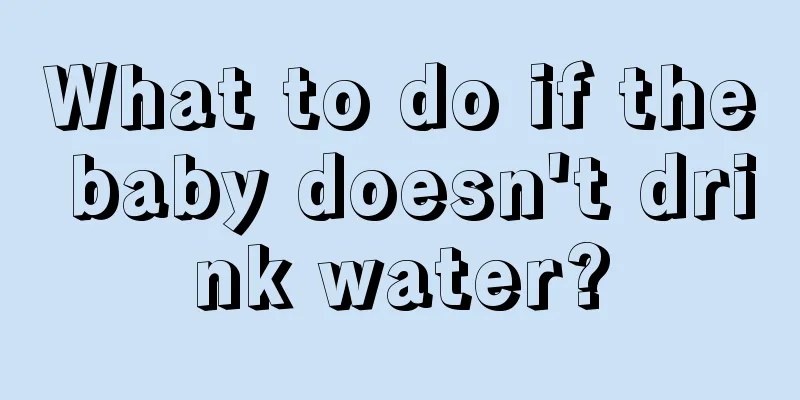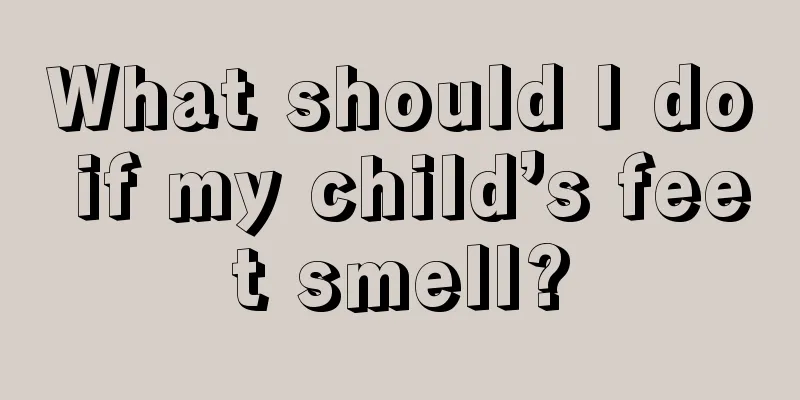How is pancreatoblastoma treated?

|
Pancreatic blastoma is very unfamiliar to many people. It is a common medical disease that usually occurs in childhood. Pancreatic blastoma can easily cause children to have abdominal distension, large abdominal masses, pain or constipation, which is very harmful to the health of the body. Pancreatic blastoma needs to be treated in time, and surgery or chemotherapy can be used.
Clinical characteristics Pancreatoblastoma is common in children aged 1 to 8 years and occasionally in adults. There are two peaks in the age distribution, with average ages of 2.4 and 33 years old respectively. The male to female ratio is approximately 1.14:1. Pancreatic blastoma has no specific clinical manifestations. The most common clinical manifestations are upper abdominal mass, weight loss, early satiety, vomiting, constipation, and abdominal pain, while gastrointestinal bleeding, obstructive jaundice, and diarrhea are less common. A very small number of patients have Beckwith-Wiedemann syndrome and Cushing syndrome. Pancreatoblastoma has typical clinical features of malignant tumors, often manifested as local infiltration, metastasis and/or recurrence, and some may develop into vascular and perineural infiltration. According to literature reports, the most common sites of metastasis are the liver, lymph nodes and lungs, but there are also reports of bone metastasis. Recent studies have found that local infiltration mainly occurs in the peritoneum, omentum, spleen, kidney, adrenal gland and other parts. At the first visit, about 17% of patients have distant metastasis, of which about 88% have liver metastasis. Lymph node metastasis is mainly around the portal vein and splenic hilum. Invasion of the lungs, posterior mediastinal lymph nodes and bones is relatively rare.
Pancreatoblastoma can occur in any part of the pancreas, but is most common in the head of the pancreas. According to statistics of 123 cases of pancreatoblastoma by Dhebri et al., 39% occurred in the head of the pancreas, 24% in the tail of the pancreas, and 13% in the body of the pancreas. 13% in the body and tail of the pancreas, 4% in the head and body of the pancreas, and 7% diffusely distributed throughout the pancreas. The tumors vary in size, ranging from 2 to 10 cm in diameter, with the largest pancreatoblastoma reported to be 25 cm in diameter. The lumps are mostly expansive in growth, soft in texture, and mostly covered with a complete capsule. Some tumors appear lobed, with a brown or yellow cross-section, often accompanied by central necrosis. A few tumors have a gravel-like cross-section due to obvious calcification. diagnosis Pancreatoblastoma cannot be clearly diagnosed based on clinical manifestations and imaging changes. The diagnosis of pancreatoblastoma mainly relies on pathology. The disease has the following pathological features: (1) it has a capsule; (2) it has a distinct glandular duct-like structure, squamous bodies, and cell structures containing zymogen granules; (3) the tumor cells are composed of multi-source pancreatic cells, showing glandular differentiation, endocrine differentiation, and glandular duct differentiation. treat There is currently no optimal treatment other than surgery. Most scholars believe that chemotherapy and radiotherapy play a certain role in preventing recurrence, surgical residual disease, inoperable disease or distant metastasis, but there are currently no controlled studies. 1. Surgical treatment: Radical resection is the main method for treating this disease. Most masses are located in the ventral pancreatic head and have no direct relationship with the pancreatic duct or duodenal wall. It is reported that approximately 80% of patients can undergo complete tumor resection, and if this can be performed, good therapeutic effects can often be achieved. Depending on the location, size, local infiltration and distant metastasis of the tumor, pancreaticoduodenectomy, pancreatic tail resection, simple tumor resection, etc. can be performed. 2. Chemotherapy: Chemotherapy can be chosen when the lesions cannot be removed or have metastasized, or when it is necessary to shrink the tumor lesions before surgery. However, the true value of chemotherapy has not yet been definitively reported. The choice of chemotherapy regimen is often empirical. 3. Radiotherapy: If the tumor cannot be treated surgically and is insensitive to chemotherapy, radiotherapy can be used. Some scholars reported a case of unresectable pancreatoblastoma in a patient who was insensitive to chemotherapy. After radiotherapy, the tumor was significantly reduced and the patient survived for up to 10 months. Radiotherapy is also a treatment for postoperative recurrence. There is a report of a child with recurrence 6 months after surgery, which completely disappeared after radiotherapy.
The prognosis of pancreatic blastoma is relatively better than other pancreatic malignancies, with a 5-year survival rate of approximately 50%. The factors that affect the prognosis are mainly age, whether the tumor is completely removed, whether it recurs and metastasizes after surgery, and treatment after recurrence and metastasis. The prognosis of children is better than that of adults. The reason why the prognosis of pancreatoblastoma in adults is poor is still unclear. Multicenter studies have shown that complete tumor resection and postoperative metastasis are factors affecting long-term survival. Therefore, complete tumor resection coupled with long-term postoperative follow-up to prevent recurrence and metastasis can often achieve better results. |
<<: What is the reason why babies often hiccup?
>>: What is the reason why children don’t gain weight?
Recommend
Is it good to give baby an enema to reduce fever?
Many friends may not have heard of enema for redu...
What should children eat if they have less hair?
Some parents are particularly envious of other ch...
What is the cause of the baby's fever after vaccination?
When we are very young, we need to get vaccinatio...
How can children grow taller?
Height is something that everyone pays special at...
What to do if your seven-month-old baby has a runny nose
Seven-month-old babies have begun to grow teeth, ...
How to treat severe constipation in children?
Children's stomachs are generally not very go...
What to do if your six-month-old baby is too thin
Some babies are already six months old, but weigh...
What are the causes of hunchback in children?
Children's physical development is the issue ...
Why is there a rash on the baby's palms?
The baby's skin is the softest and most fragi...
Precautions for using anal suppositories when children have a high fever
When a child has a fever, the family will have a ...
How to treat infants with congenital hypothyroidism
Congenital hypothyroidism is a very common diseas...
Treatment of red spots on baby's body
Do female friends who are becoming mothers for th...
What should I do if my child has mild encephalitis?
Encephalitis refers to an inflammatory lesion cau...
What are the methods to treat children's hunchback?
Children are the flowers of the motherland. Every...
How to treat a one-year-nine-month-old baby diagnosed with cerebral palsy?
There are many parents in the society who are car...









